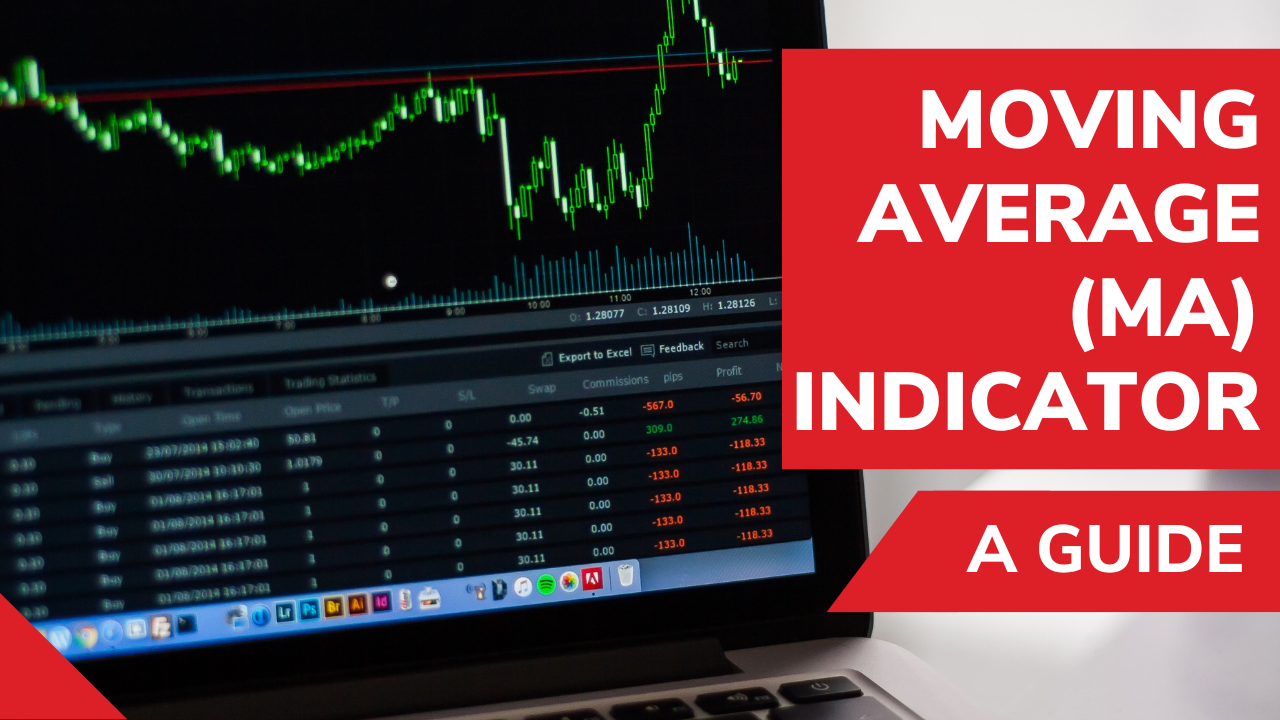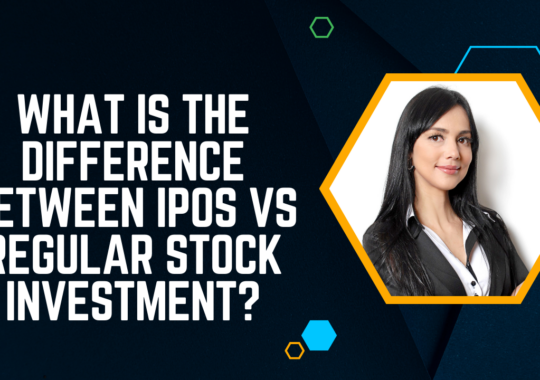If you’ve ever traded in the financial markets, you’ve probably heard of the Moving Average (MA) Indicator. MA is one of the most widely used technical analysis indicators in trading, and for good reason. It’s a simple yet powerful tool that can help traders identify trends, determine support and resistance levels, and generate trading signals. In this article, we’ll provide you with a comprehensive guide to the Moving Average Indicator, covering everything you need to know to use this tool effectively in your trading.
So, what exactly is the Moving Average Indicator? In short, it’s a trend-following indicator that smooths out price data by averaging past price points over a specific period. The resulting line, known as the Moving Average line, represents the average price of an asset over a certain time period. By comparing the current price of an asset to its Moving Average, traders can identify whether the price is trending up or down, and at what speed.
In this guide, we’ll cover all the essentials of the Moving Average Indicator, including how to calculate it, how to interpret its signals, and how to use it in your trading strategies. We’ll also explore some practical examples of Moving Averages in action and provide you with some tips and tricks for using Moving Averages effectively. Whether you’re a beginner or an experienced trader, our goal is to equip you with the knowledge and tools you need to understand and use the Moving Average Indicator with confidence.
So, let’s get started!
What is a moving average (MA) indicator?
A moving average (MA) indicator is a technical analysis tool that is commonly used to smooth out price fluctuations in financial markets. It is a mathematical calculation that is applied to a stock, currency, commodity, or other financial instrument over a certain period of time. The result is a line on a chart that represents the average price of the instrument over that time frame.

The basic idea behind the moving average is to help traders identify the trend of a market, as well as potential support and resistance levels. For example, if the current price of an instrument is above its MA, it may suggest that the trend is up, and vice versa. Moving averages can also be used to generate buy and sell signals, with traders looking for crossovers between different MA time periods as an indication of a potential change in direction for the market.
How Does a Moving Average Indicator Work?
A Moving Average Indicator works by taking the average price of a financial instrument over a specified period of time. For example, if we use a 50-day Moving Average, it will take the average of the last 50 closing prices. As new prices become available, the oldest price in the calculation is dropped, and the newest price is added.
The result is a smooth line that helps to identify the overall trend of the market. If the price is exceeding the Moving Average, it is broadly considered to be in an uptrend. If the price is beneath the Moving Average, it is generally regarded to be in a downtrend.
How to Use Moving Average Indicator in Trading?
Moving Average Indicator can be used in several ways to improve trading decisions. Here are some examples:
- Identifying the Trend: One of the most important uses of the Moving Average Indicator is to identify the overall trend of the market. By calculating the average price of a financial instrument over a specified period, the Moving Average Indicator can help traders see if the price is generally going up or down. This can be useful in determining the direction of a trade, as traders can look to go long if the price is above the Moving Average or go short if the price is below the Moving Average.
- Generating Trading Signals: Another way in which a Moving Average Indicator can help traders is by generating trading signals. This is done by looking for crossovers between the price and the Moving Average. When the price crosses above the Moving Average, it can signal a buy signal, while a crossover below the Moving Average can signal a sell signal. These crossovers can be used as entry or exit points for a trade.
- Acting as Support and Resistance: The Moving Average Indicator can also act as a support or resistance level for the price. If the price is above the Moving Average, it can act as a support level, while if the price is below the Moving Average, it can act as a resistance level. Traders can use these levels to set stop loss orders or take profit targets, as they can provide a good indication of where the price may turn around.
- Confirming Other Indicators: The Moving Average Indicator can also be used to confirm other indicators or analysis methods. For example, if a trader is using a technical analysis method such as the Relative Strength Index (RSI) to identify overbought or oversold conditions, they can use the Moving Average Indicator to confirm the trend. If the price is above the Moving Average, it can confirm that the trend is up, while if the price is below the Moving Average, it can confirm that the trend is down.
Types of Moving Averages
There are two types of Moving Averages: Simple Moving Average (SMA) and Exponential Moving Average (EMA).
Simple Moving Average (SMA)
A Simple Moving Average calculates the average price of a financial instrument over a specified period of time. It is a straightforward calculation that gives equal weight to each price point.
Exponential Moving Average (EMA)
An Exponential Moving Average provides more weightage to the most current prices. It is computed by applying a weighting factor to each price point, with the most current prices having the highest weighting.
Also read:
- What is Currency Trading and how to get started in 2023?
- Tips for Choosing Stocks in Intraday Trading
- Top 10 FMCG Stocks to buy in India (in 2023)
- How to Trade Forex
FAQs
What is the best time period to use for the Moving Average Indicator?
The best time period to use for the Moving Average Indicator depends on the trader’s preference and the time frame they are trading in. Common time periods used include 50-day, 100-day, and 200-day Moving Averages.
Can the Moving Average Indicator be used for all financial instruments?
Yes, the Moving Average Indicator can be used for all financial instruments, including stocks, forex, commodities, and cryptocurrencies.
Is the Moving Average Indicator a lagging or leading indicator?
The Moving Average Indicator is a lagging indicator, meaning it reacts to price movements after they have occurred.
Can the Moving Average Indicator be used as a standalone trading strategy?
While the Moving Average Indicator can be a useful tool on its own, it is not recommended to use it as a standalone trading strategy. It is best used in conjunction with other indicators and analysis methods.
How can the Moving Average Indicator help me manage risk in my trades?
The Moving Average Indicator can help you manage risk in your trades by acting as a support or resistance level for the price. Traders can use these levels to set stop loss orders or take profit targets, which can help minimize losses and maximize gains.
How do I choose the right Moving Average Indicator for my trading strategy?
The right Moving Average Indicator for your trading strategy depends on your trading style and the time frame you are trading in. It is important to backtest different Moving Averages and time periods to see which works best for you.
Can the Moving Average Indicator predict future price movements?
The Moving Average Indicator cannot predict future price movements with 100% accuracy. It is a lagging indicator that is best used to identify the overall trend of the market and generate trading signals. It is important to use other analysis methods to confirm trading decisions.
Conclusion
The Moving Average Indicator is a valuable tool for traders and investors in financial markets. It is an easy-to-use mathematical calculation that helps identify the overall trend of the market and can generate trading signals when the price crosses above or below the Moving Average.
The Moving Average Indicator can also act as a support or resistance level for the price, making it a versatile tool that can be customized to fit your trading style. However, like any other technical analysis tool, it is not perfect and should be used in conjunction with other indicators and analysis methods.
When using the Moving Average Indicator, it’s essential to consider the time period used for the calculation, as different periods can give different results. Additionally, it’s important to be aware of the limitations of the Moving Average Indicator, as it is a lagging indicator that may not be as effective in predicting sudden or unexpected price movements.
The Moving Average Indicator is a powerful tool that can help you make informed trading decisions. By understanding how it works and how to use it in your trading strategy, you can gain an edge in the markets and improve your chances of success. So, give it a try and see how it can help you in your trading journey.



